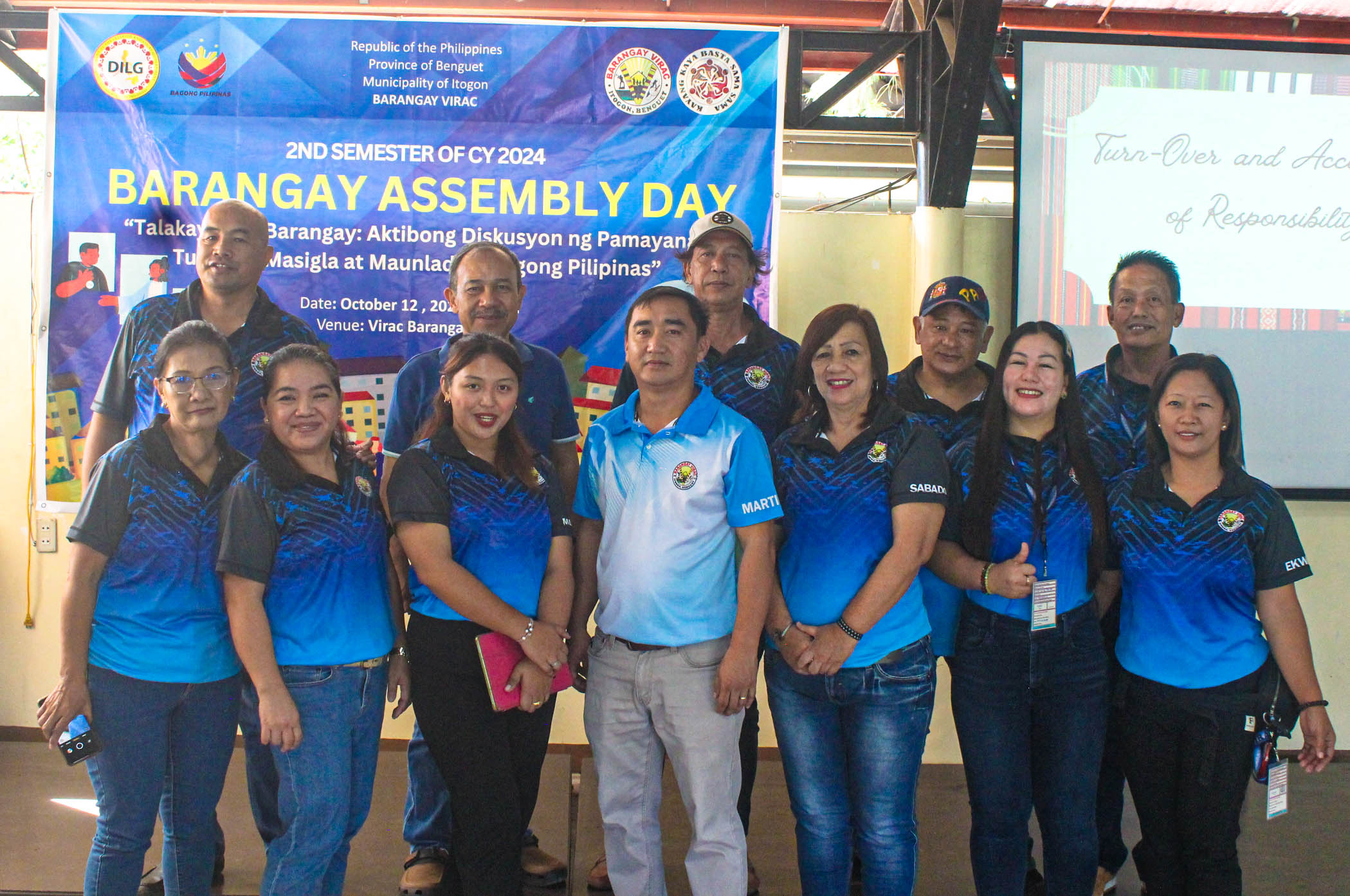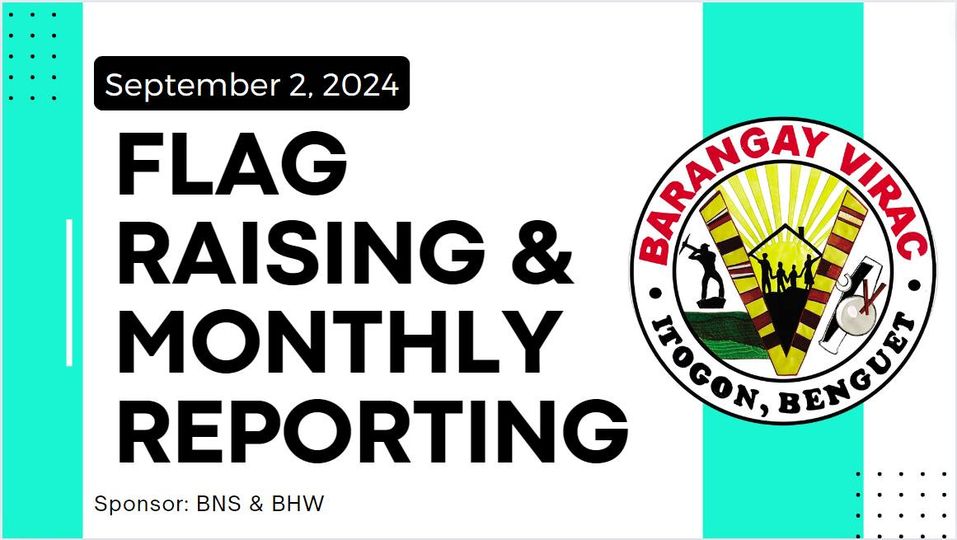
...





Only barangay residents are permitted to send messages through this site.
News
1ST BARANGAY SA SITIO 08/07/2024News
2ND BARANGAY SA SITIO 08/07/2024News
3RD BARANGAY SA SITIO 08/07/2024
News
4TH BARANGAY SA SITIO 08/07/2024
News
NEW COMMUNITY COVERED GYM IN JUNGLETOWN, VIRAC 08/07/2024
News
HISTORY OF BARANGAY VIRAC 08/07/2024
News
EMERGENCY HOTLINES 08/07/2024
News
MAY 2024 BARANGAY VIRAC ROAD CLEARING 08/07/2024.png)
News
.......... 09/10/2024
News
Updated Itogon emergency hotlines 09/11/2024
News
Job Fair 09/14/2024
News
Annoucement 09/14/2024
News
Flag Raising Ceremony 09/14/2024
News
THE COUNCIL 11/08/2024